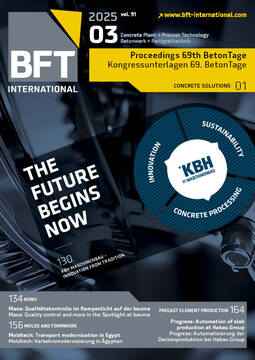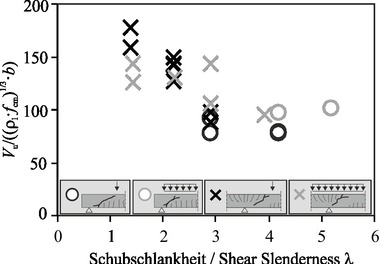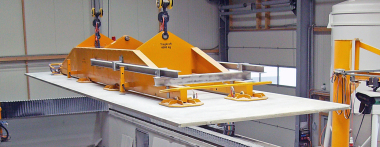Concentrated Loading on Carbon Reinforced Precast Slabs – Practical Examples from Bridge Construction
Carbon concrete is becoming increasingly important, especially for pedestrian and bicycle bridges. The corrosion resistance and high tensile strength of the reinforcement allow for reduced component thickness and the elimination of high-maintenance waterproofing and protective layers. A frequently critical design aspect of such structures is the stress caused by concentrated loads, such as those from service or maintenance vehicles. Recent research findings indicate that current approaches, including those in the new DAfStb guideline “Concrete Members with Non-Metallic Reinforcement”, are based on conservative assumptions.
Results from tests on 16 carbon concrete slabs demonstrate that the actually activated width under concentrated loading is greater than generally assumed. This insight provides a valuable basis for refining calculation approaches for the shear capacity of carbon concrete slabs under concentrated loads, enabling a more realistic representation of the load-bearing behavior and a more efficient, material-appropriate design.
As part of various experimental series conducted within industry projects at the Institute of Structural Concrete (IMB) at RWTH Aachen University, the method of load introduction in the experiments was also varied and examined. To replicate real-world concentrated loading as closely as possible, such as those from vehicle tires, different forms of load introduction were compared. It was found that the deformation capacity of the load introduction significantly influences the load-bearing capacity of the tested components, which is particularly relevant for thin slabs with high deflections.
In summary, the investigations highlight that carbon concrete slabs under concentrated loading have additional load-bearing reserves, and relevant design models can be made more efficient. With a focus on sustainability and minimization of resource consumption, optimized design opens new potentials – a crucial step toward further advancing the application of carbon concrete in bridge construction.







